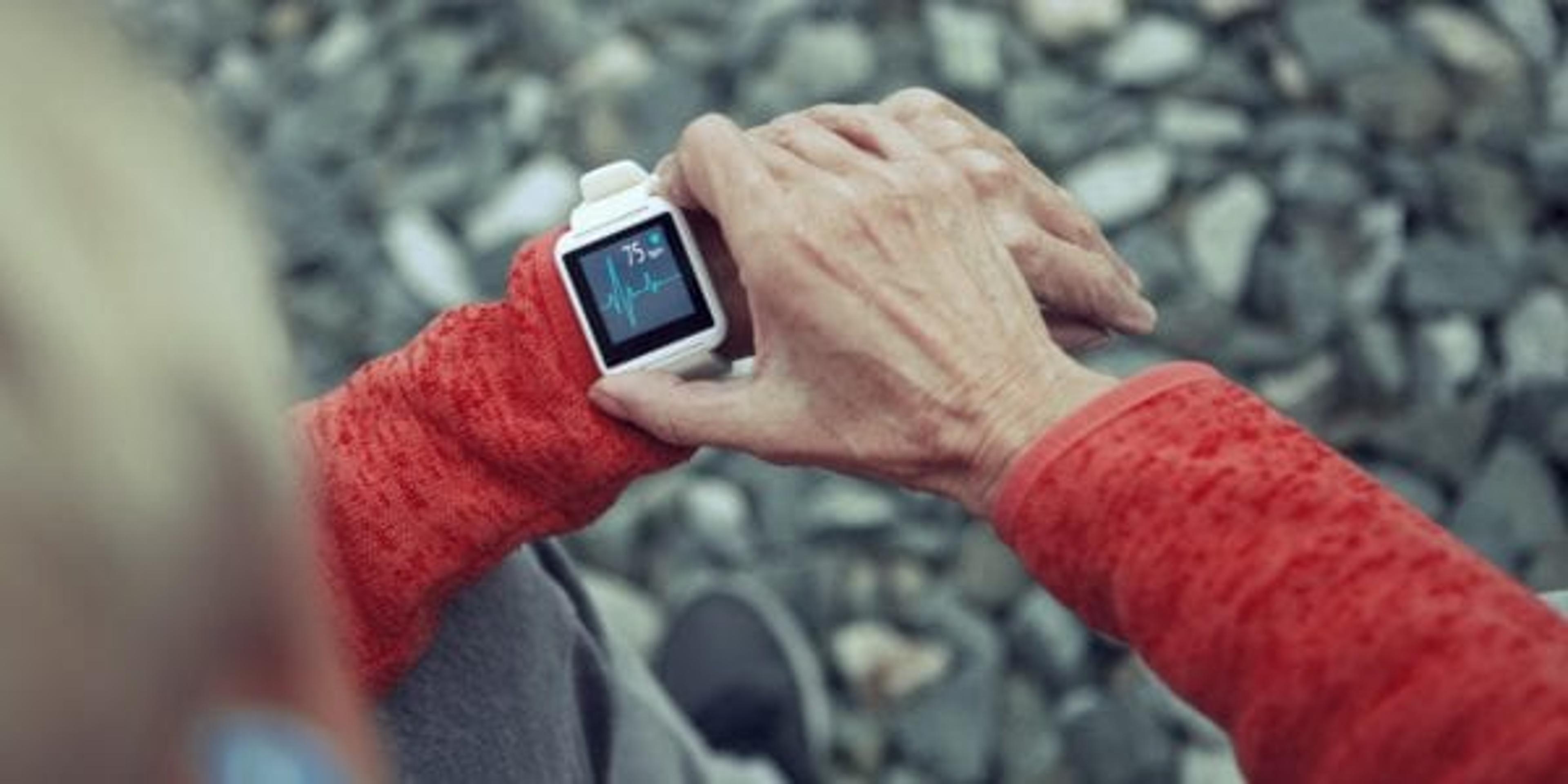What’s New with Wearable Fitness Trackers
Amy Barczy
| 4 min read

When Daniel Fahrenheit first introduced the thermometer to the world in 1717 as a “temperature sensor,” physicians loathed the new device. They would rather use their sense of touch to determine if someone had a fever. It took more than 100 years before it was acceptable practice to use a thermometer.
Technology has expanded far beyond the thermometer since that time – and now millions of people wear devices that help them track their daily activities from how many steps they take to their sleep patterns. Wearable fitness trackers and smart watches can help monitor overall health data from heart rate, heart rhythms, blood oxygen levels and in some cases, blood pressure.
While the future is promising for how wearable fitness trackers can help doctors and patients, there is a familiar reluctance among physicians to adopt the new technology. Additionally, collected by wearable fitness trackers in some cases can be difficult to synthesize for doctors, as there many different platforms on the market for consumers to use.
Wearable fitness trackers, smart watches and their corresponding smartphone applications can inspire individuals to be more active and can motivate individuals to stick to diet and exercise plans. They can replace a calorie log or food diary if your doctor has asked you to keep track – and in some cases can synchronize with a “smart” scale to add in weight monitoring.
While there was a clear divide between fitness trackers and smart watches in the past, the lines have been blurred as fitness trackers have integrated more “smart” features and smart watches have added more health data tracking. Here’s a look at the different types of wearable devices on the market today.
Fitness trackers
Some of the simplest forms of wearable technology are wristbands equipped with sensors to keep track of physical activity and heart rate. The wristbands sync to a corresponding smartphone application and can provide data such as steps taken, distance traveled, calories burned and sleep patterns.
The user can add body information, such as height and weight, and the app does the rest of the work to provide the recommendations based on the data gathered.
Because fitness trackers offer fewer features than a smartwatch, they often have longer battery life, are lighter weight and are more affordable. Some examples are the Fitbit Charge and Garmin Vivosmart.
Smart watches
Smart watches were first introduced to the market as an extension of the smart phone – allowing the user to check email, respond to text messages, make phone calls, control music, keep track of social media notifications and more. Now, many smart watches offer enhanced fitness tracking abilities.
Smart watches have bigger displays than fitness trackers and offer a broader array of health data including electrocardiogram and a blood oxygen sensor. Some offer GPS capabilities when paired with a smartphone. Popular examples are the Apple Watch, Garmin Forerunner and Vivoactive, Fitbit Versa, Samsung Galaxy Watch Active 2 and the Fossil Gen 5 Smartwatch.
EKG and blood oxygen
Wearable electrocardiogram (EKG) monitors are on the cutting edge of consumer electronics. An EKG tracks heart rhythms and can indicate signs of atrial fibrillation (irregular heartbeat).
Three devices – the Apple Watch, Samsun Galaxy Watch and Fitbit Sense – have an EKG app that has been cleared by the U.S. Food and Drug Administration for consumer use.
Additionally, some smart watches have added a blood oxygen measurement (also known as a pulse oximeter). For people with sleep apnea and other breathing conditions, understanding their blood oxygen levels is important to managing their health. Watches made by Apple, Garmin and Fitbit are among the devices with this capability.
More to come
Many wearable devices can improve health by replacing calorie logs, monitoring heart rhythms, tracking physical activity and more. Many people use wearables to motivate them to exercise and track what they eat.
The wearable technology market is surging, and a big part of it is due to the health care applications. U.S. consumer use of wearables has increased dramatically since their introduction in the mid-2000s. The number of users will continue to grow as the technology becomes more conventional. Device connectivity will grow as well as more accurate sensors are developed. This growing market opens the door for these devices to further influence healthy lifestyles.
If you enjoyed this article, you may also like:
Photo credit: Nastasic





